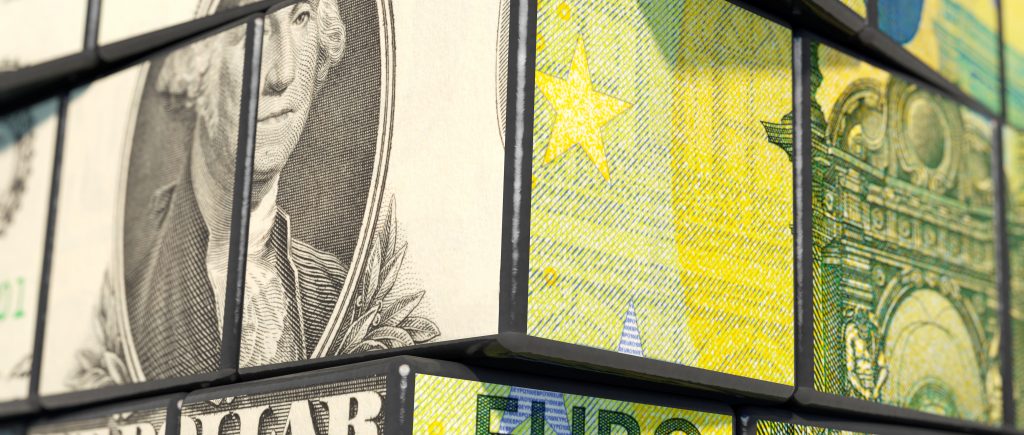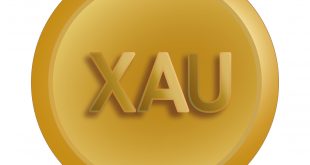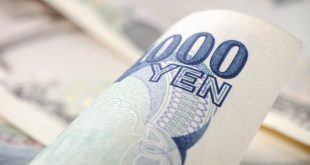Trade tensions between the US and China have long cast a shadow over global markets, but recent glimmers of hope are propping up the US Dollar—for now. As officials from both nations prepare to resume talks in Malaysia this week, following last week’s tariff escalations, the EUR/USD pair hovers steadily near 1.1650.
This stability reflects a broader market sentiment buoyed by the possibility of de-escalation, even as former President Donald Trump warns that 155% tariffs could kick in on November 1 without a deal. Yet, this momentary calm raises a critical question: Can short-term optimism truly outweigh the structural headwinds facing both the Eurozone and the US?
The answer points to a fragile equilibrium, where investors must navigate with heightened vigilance, staying fully informed on evolving developments to avoid missteps.
Unpacking the Trade Optimism Boosting the Dollar
Hopes for a US-China trade thaw are undeniably fueling the Dollar’s firmness. The US Dollar Index lingers around 98.50, rebounding from recent two-week lows, as markets price in the potential for reduced tariffs and smoother bilateral relations. This isn’t just wishful thinking; past cycles show how even tentative negotiations can inject temporary confidence, much like the partial deals in 2019 that briefly stabilized currencies. However, this time feels different.
With tariffs looming large, any breakdown could swiftly reverse gains, amplifying volatility. Opponents of this view might argue that ongoing talks signal genuine progress, but evidence suggests otherwise—escalations have repeatedly derailed prior efforts, underscoring how geopolitical brinkmanship often trumps economic logic.
For traders, this means recognizing that while the Dollar benefits from safe-haven flows amid uncertainty, such support is inherently reactive and prone to sudden shifts.
Eurozone’s Structural Woes Weigh on the Euro
On the other side of the Atlantic, the Euro faces persistent pressure from internal challenges, as highlighted by European Central Bank Executive Board member Isabel Schnabel. In her recent speech on reviving European growth, Schnabel emphasized how the Eurozone lags in the digital revolution, with productivity per hour stagnating against US benchmarks. Rising energy costs and eroding export market shares to rivals like China and the US further threaten competitiveness.
These aren’t fleeting issues; they represent deep-seated structural weaknesses that could hinder long-term recovery and limit the effectiveness of monetary policy. Contrast this with the US, where a dovish Federal Reserve stance offers some counterbalance, yet it’s tempered by domestic turmoil.
The ongoing government shutdown, now in its third week, adds another layer of uncertainty, with Congress repeatedly voting on short-term funding bills. White House Senior Adviser Kevin Hassett’s prediction of a resolution this week provides faint reassurance, but prolonged impasses have historically dragged on economic momentum, as seen in the 2018-2019 shutdown that shaved points off GDP growth.
Navigating the Road Ahead Amid Uncertainty
Moving forward, the interplay between these factors suggests a bumpy path for currency markets. If US-China talks yield breakthroughs, the Dollar could extend its gains, but failure might expose vulnerabilities, especially with the Eurozone’s growth revival hinging on addressing productivity gaps. Investors should anticipate scenarios where US political gridlock intersects with European reforms—or lack thereof—potentially leading to sharper EUR/USD swings.
Practical steps include monitoring key indicators like export data and policy announcements closely, drawing lessons from past trade wars where over-optimism led to costly corrections. Ultimately, adhering to a reasonable level of caution remains paramount, ensuring decisions are grounded in comprehensive, up-to-date insights rather than fleeting headlines. In this environment, true resilience demands not just reaction, but foresight.

 Noor Trends News, Technical Analysis, Educational Tools and Recommendations
Noor Trends News, Technical Analysis, Educational Tools and Recommendations




